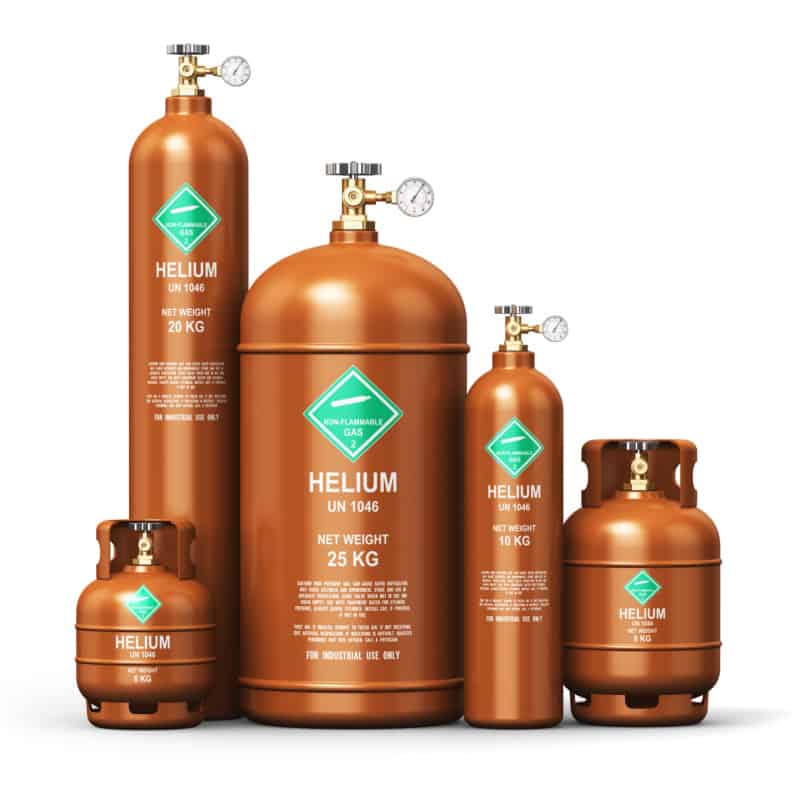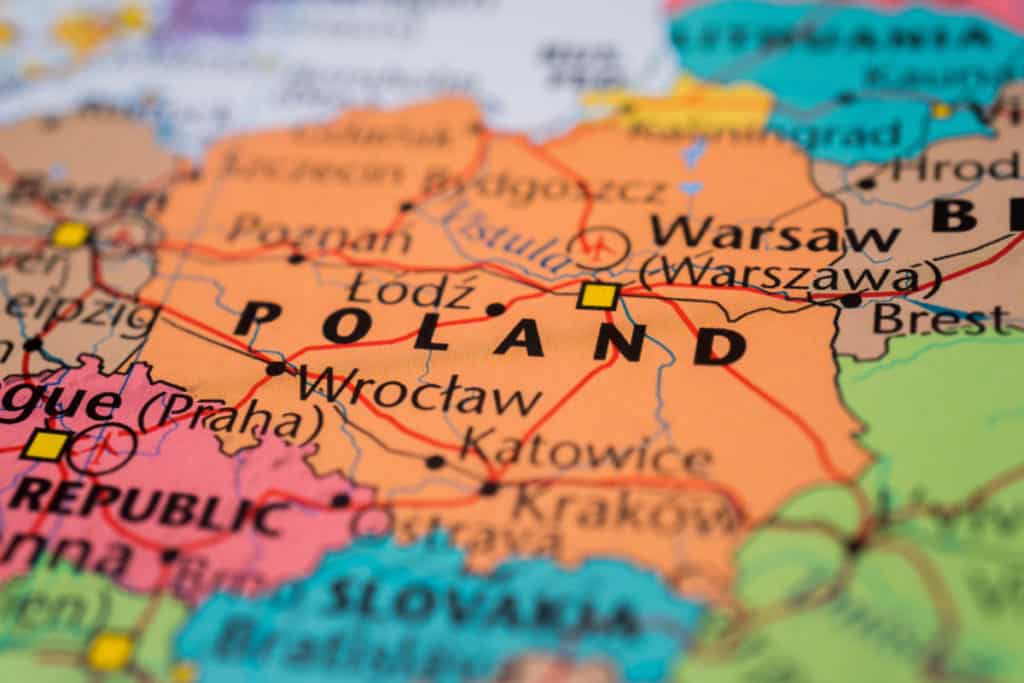This post contains affiliate links.


In recent years, balloon decorators and businesses relying on helium have faced a significant challenge: the helium shortage, again. If you have been in the balloon industry for any amount of time you may have noticed the ebbs and flows of helium supply.

Once taken for granted as a readily available resource, the scarcity of helium has sparked concerns and left many wondering why they can no longer easily acquire this essential gas. In this article, we will delve into the reasons behind the helium shortage, this time as well as others, explore its impact on balloon businesses, and discuss potential solutions.
Helium is well-known for its use in filling balloons and airships due to its low density. However, as helium is a finite resource on Earth, there have been concerns about its availability and the need for responsible and efficient helium management.
What Is Helium
Helium is a chemical element with the symbol He and atomic number 2. It is a colorless, odorless, and tasteless gas that is the second lightest and second most abundant element in the universe. Helium is the result of nuclear fusion in stars, particularly during the process of stellar nucleosynthesis.

On Earth, helium is relatively rare. It is primarily obtained as a byproduct of natural gas extraction, as certain natural gas deposits contain significant amounts of helium. It is also produced through the radioactive decay of elements such as uranium and thorium in rocks.
Helium Producing Countries
The primary sources of helium production vary worldwide, and several countries contribute to the global supply. The leading helium-producing countries include the United States, Qatar, Algeria, Russia, and Poland.
United States

The United States is currently the largest producer of helium, accounting for a significant portion of the global supply. The U.S. Federal Helium Reserve, located in Texas, is a major source of helium production. Additionally, private companies in the U.S. extract helium as a byproduct of natural gas production.
Qatar

Qatar is a significant player in the global helium market. The country has invested in helium production infrastructure and operates helium extraction facilities that tap into natural gas reserves. However, Qatar has proven to be less reliable as a helium source than once thought.
Algeria

Algeria is known for its helium production, primarily extracted from natural gas fields. The country has been expanding its helium production capacity in recent years.
Russia

Russia is another major contributor to the global helium supply. It produces helium through natural gas processing and has several helium production facilities.
Sanctions have been put in place due to the war in Ukraine, which has significantly disrupted the helium supply from Russia. Other contributing factors to Russia’s decrease in helium supply include explosions and fires at major helium production facilities.
Poland

Poland has emerged as a significant helium supplier in recent years. It extracts helium from natural gas sources and has made efforts to increase its production capacity.
Other countries, such as Canada and Australia, also have helium production capabilities, although their contributions may be relatively smaller compared to the aforementioned nations. There are hopes that Canada will become a major player in the helium industry over the next decade. You can read more about this at Rocky Mountain Air Solutions here.
Understanding The Helium Shortage
The helium shortage can be attributed to various factors. One primary cause is the limited supply of helium on Earth. While helium is the second most abundant element in the universe, its presence on our planet is relatively scarce.
Helium is created through the natural decay of radioactive elements in the Earth’s crust, and it becomes trapped in natural gas reservoirs. However, helium is light enough to escape the Earth’s atmosphere, making it challenging to retain and capture for commercial use.
Rising Demand And Limited Production
Simultaneously, the demand for helium has been steadily increasing across numerous industries. The medical field relies on helium for critical applications such as MRI machines, while the aerospace and electronics sectors require it for manufacturing processes.

This heightened demand, combined with limited production capacity, has exacerbated the shortage. Helium plants often face maintenance shutdowns and operational challenges, further restricting the supply.
Supply Chain Disruptions
Another contributing factor to the helium shortage is the intricate and delicate supply chain involved in its production and distribution. Helium is typically extracted during natural gas drilling, but the infrastructure required for its collection and refinement is complex.

Disruptions in the supply chain, including transportation bottlenecks and geopolitical factors, can significantly impact helium availability and drive up prices.
Impact On Balloon Decorators

For balloon decorators, the helium shortage presents numerous challenges. Helium is essential for creating floating balloon displays, and its scarcity has driven up costs and limited availability. Balloon businesses are grappling with higher helium prices, which can eat into profit margins and affect pricing structures. Additionally, some suppliers may prioritize essential industries like healthcare, leaving balloon decorators with even fewer options for obtaining helium.
Exploring Alternatives And Solutions

Given the long-term sustainability concerns surrounding helium, it becomes crucial for balloon decorators to explore alternative options. One approach is to shift towards air-filled balloon displays, which can be equally captivating and cost-effective. Innovations in balloon design and creative techniques can help decorators adapt to the helium shortage without compromising on the quality of their work. Moreover, engaging with helium suppliers, staying updated on industry developments, and fostering collaborations can facilitate access to helium during times of limited availability.
The helium shortage poses a significant challenge to balloon decorators and businesses reliant on helium. Understanding the reasons behind this scarcity, such as limited production, rising demand, and supply chain disruptions, can provide insights into the larger picture. By embracing alternative approaches and staying informed, balloon decorators can navigate through these challenging times and continue to bring joy and creativity to their clients, even in the face of the helium shortage.
I hope this post brought value to your day. If it did, please consider sharing it with a friend or on your favorite social media. Thanks For Reading Fun With Balloons!

